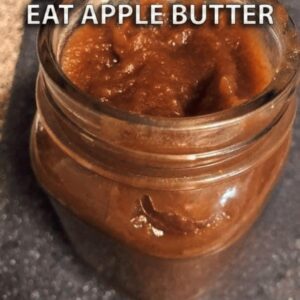What is a Flour Duster?
A flour duster is a kitchen tool designed to evenly distribute a fine layer of flour or other powdered ingredients over surfaces, such as countertops, rolling pins, or dough. It typically consists of a handle and a mesh screen or perforated top that allows for controlled dusting.
Usage:
- Baking and Cooking: The primary use of a flour duster is to prevent dough from sticking to surfaces and utensils during preparation. This is especially useful when rolling out dough or shaping pastries. By lightly dusting the surface, the flour creates a non-stick barrier.
- Decorating: Flour dusters can also be used to create decorative effects with powdered sugar or cocoa powder on cakes and pastries.
- Even Coating: When working with bread dough or pizza dough, a flour duster ensures an even coating, which helps in achieving a consistent texture and prevents clumping.

Types of Flour Dusters:
- Classic Mesh Duster: This version features a fine mesh screen that evenly distributes flour. It is often made of stainless steel or plastic.
- Powder Shaker: Similar in design but with a more focused, shaker-like opening. This type allows for a more controlled application and is often used for sprinkling powdered sugar or spices.
- Adjustable Duster: Some modern versions come with adjustable screens or settings to control the flow and size of the particles being dispensed.
Differences and Considerations:
- Material: Flour dusters can be made from various materials including stainless steel, plastic, and silicone. Stainless steel is durable and easy to clean, while plastic versions might be less expensive but could be prone to staining or cracking over time.
- Size and Capacity: The size of the duster can affect its functionality. Larger dusters cover more surface area and hold more flour, but smaller ones can be more precise and easier to handle.
- Mesh Size: The fineness of the mesh can impact how evenly flour is distributed. Finer mesh screens produce a more delicate, even dusting, while coarser screens may leave larger particles.

Care and Maintenance:
- Cleaning: Most flour dusters can be cleaned by rinsing under water or placing in the dishwasher, though it’s always best to check the manufacturer’s instructions. Regular cleaning prevents residue build-up and ensures optimal performance.
- Storage: To avoid damage or contamination, store the flour duster in a dry place. Some models come with a cover or case to protect the mesh screen.
Why It Matters:
Using a flour duster can improve the consistency and appearance of baked goods. It simplifies the process of preparing dough and helps in achieving professional-looking results at home. For those who bake frequently or enjoy creating pastries, a flour duster can be a valuable addition to the kitchen toolkit.
The flour duster is a practical and efficient tool for anyone who bakes or cooks regularly. By understanding its uses, types, and maintenance, you can ensure that you get the best results and prolong the life of your duster.





